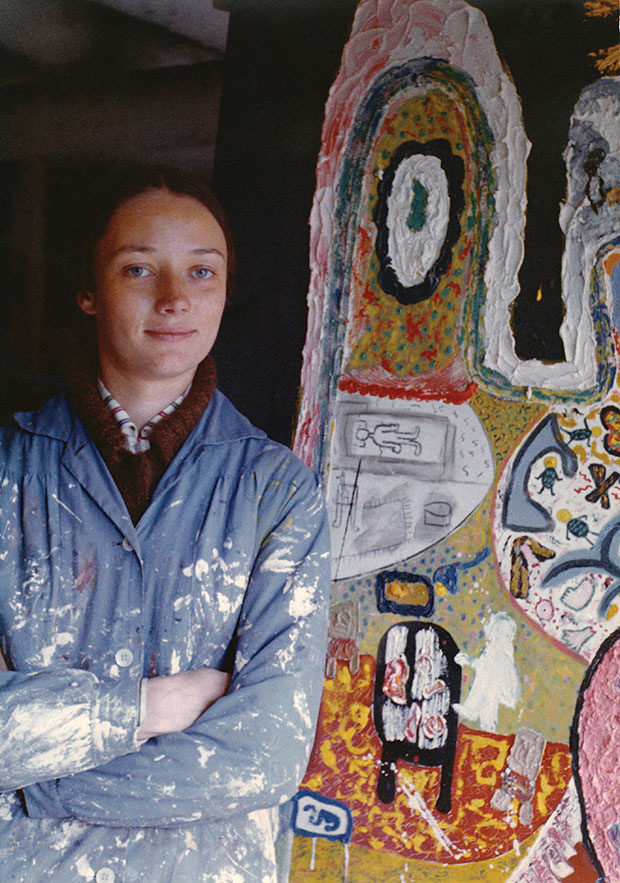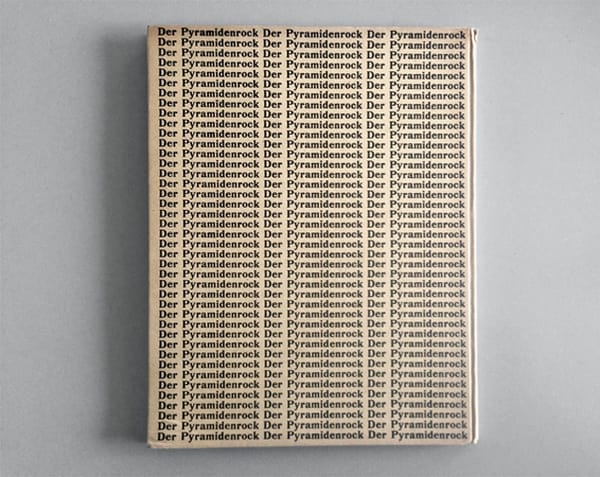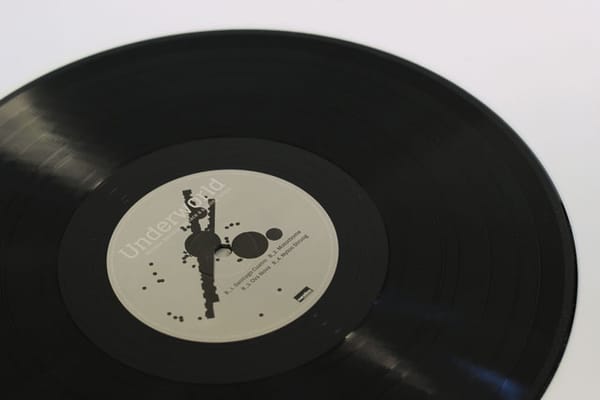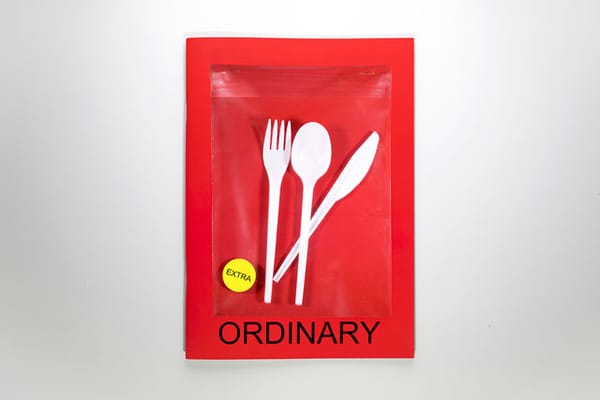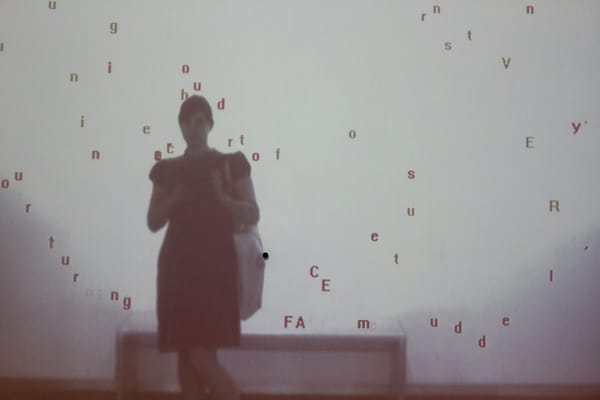The colour, energy and creative bravery of French artist Niki de Saint Phalle have long been a source of inspiration for illustrator and designer Cecilie Maurud Bartstad. Here she shares how her hero has shaped her work....
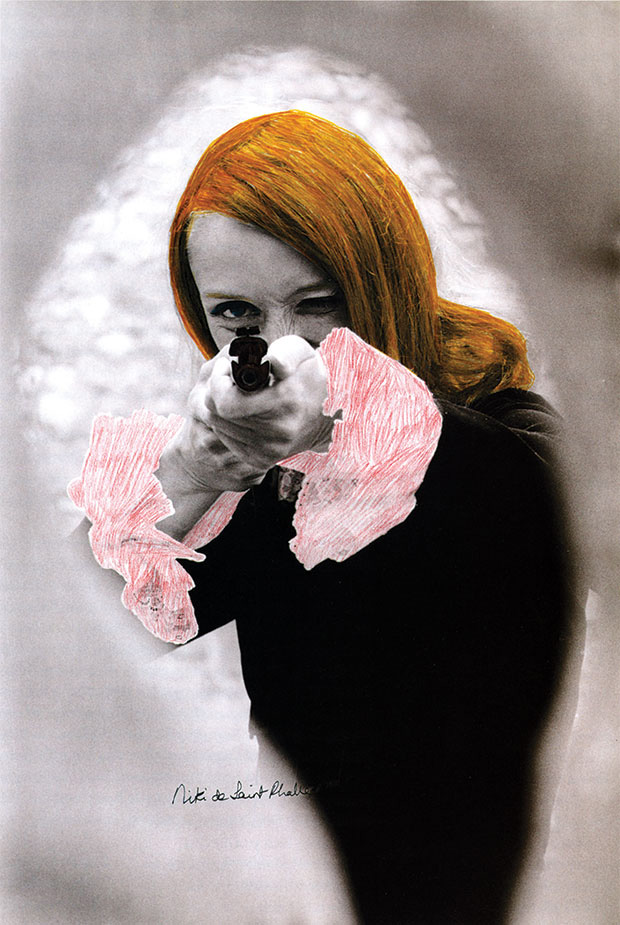
My name is Cecilie and I work as an illustrator and graphic artist together with Gilles in “Gilles and Cecilie Studio”. I was honoured to be asked to write about my hero and excited to share something that I believe is highly inspiring.
I have chosen to write about the magnificent, colourful, playful, diverse and sometimes highly controversial work of Niki de Saint Phalle. She is an artist I have admired and been inspired by for a long time. Her work is experimental, diverse and engaging – characteristics that I find very important when creating work in our own practice. She was very hands on, created a lot of artwork as well as participating in design collaboration from illustrating children's books to making jewellery collections.
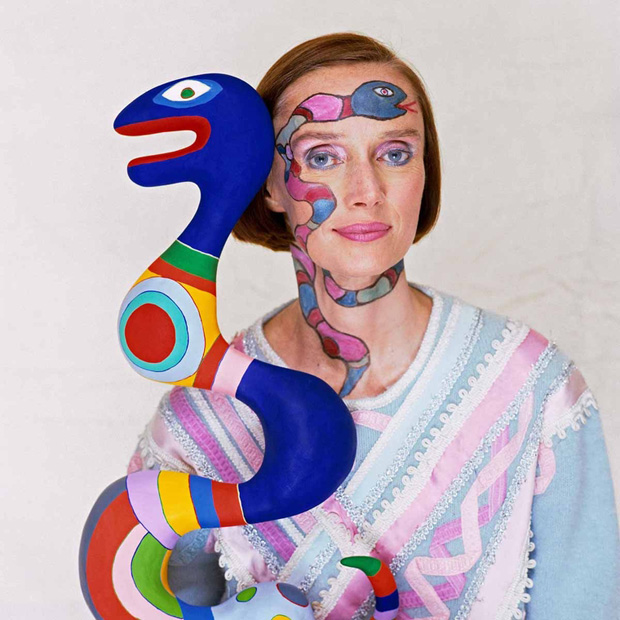
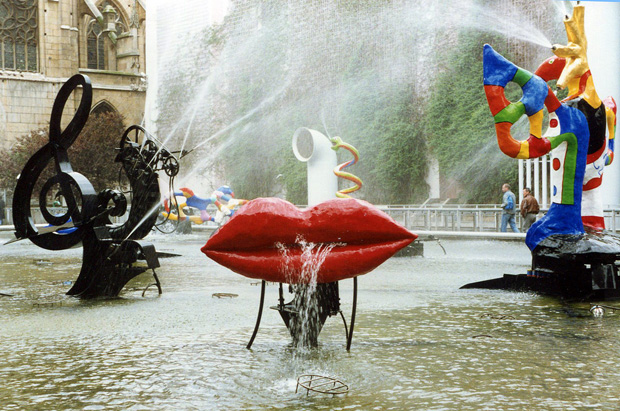
A short biography:
Niki de St Phalle was born 29 October 1930 and died 21 May 2002. She was a French sculptor, painter, and filmmaker. She was married twice, first to the American poet Harry Matthews with whom she had two children and secondly to the Swiss sculptor Jean Tinguely. Saint Phalle and Tinguely lived and worked together until Jean passed away in 1991.
SHE IS MY HERO...
Because of her strong opinions:
I admire her ability to communicate with a wide audience.Her works has a purpose. She was strongly opinionated and not afraid to be open about it. It’s very exciting to watch videos of her energetic appearance. She is for sure an artist I would have loved to meet. Saint Phalle was also one of the first artists to be concerned with questions of gender, race, multiculturalism, and violence in the United States, and to deal with social issues such as the fight against AIDS in the 1980s. In 1987 she wrote AIDS You Can’t Catch it Holding Hands to challenge to social stigma and taboo surrounding the subject.
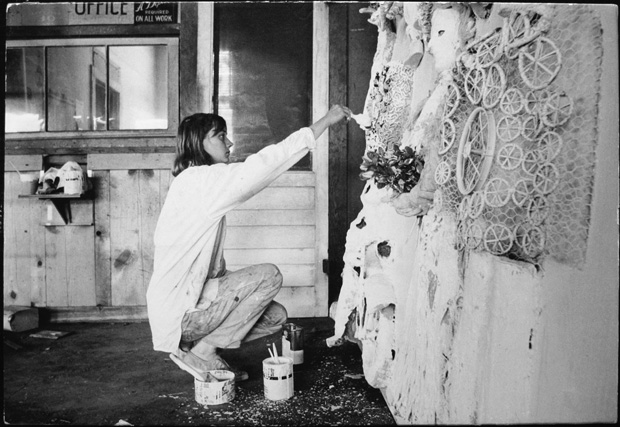
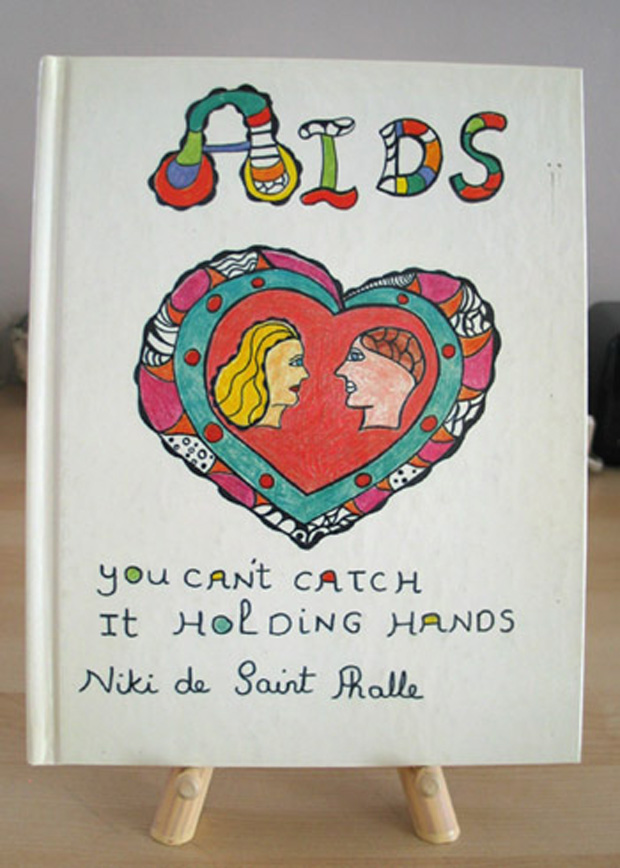
Because she makes wonderful sculptures:
Since the mid 60s she created colourful, bulging female figures, The Nana sculptures. Every time I see them in a public space I feel delighted. Their joyful and buoyant appearance are very powerful. Saint Phalle’s granddaughter Bloum Cardenas says: "They are an army of women sent to take over the world". A key aspect of Saint Phalle’s work was to use her large scale public sculptures to reclaim predominantly males-dominated spaces.
The largest space created for her sculptures was the Tarot Garden in Tuscany. At the time, few sculpture parks were made by women- something that she decided had to change.
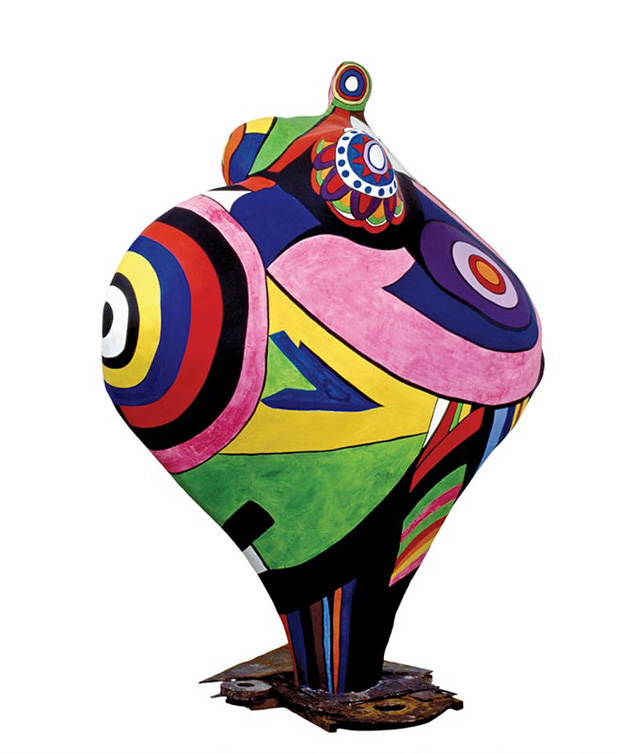
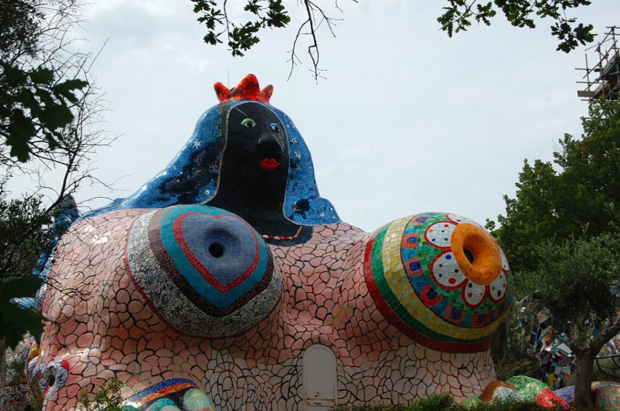
Because she made a giant sculpture park:
In 2013 Gilles and I visited the Tarot Garden in Tuscany. Approaching the park, we were immediately confronted with the giant sculptures that Saint Phalle and her husband Jean Tingely made. As we got closer I really began to appreciate the time and effort that it took to create such an ambitious project. I particularly enjoyed the giant woman sculpture, which upon further inspection reveals itself to be a house, its inner walls covered with mirrored tiles that create an inspiring atmosphere. It is amazing to be able to walk and interact with both the outside and inside of these sculptures.
The park took twenty years to build before opening to the public, and tells a wonderful story about Saint Phalle’s dedication to her work, her relationship with Tinguely, and the shear scale of the production team that was paramount in the creation of such a demanding and daring project.
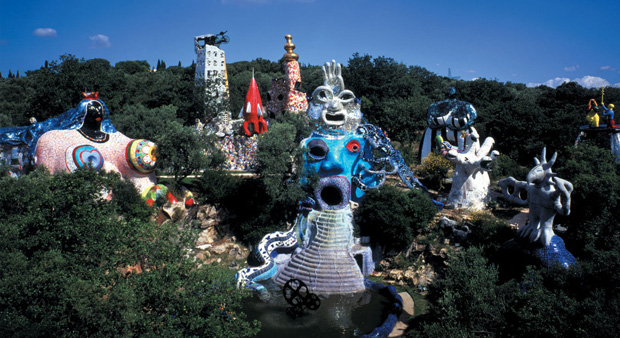
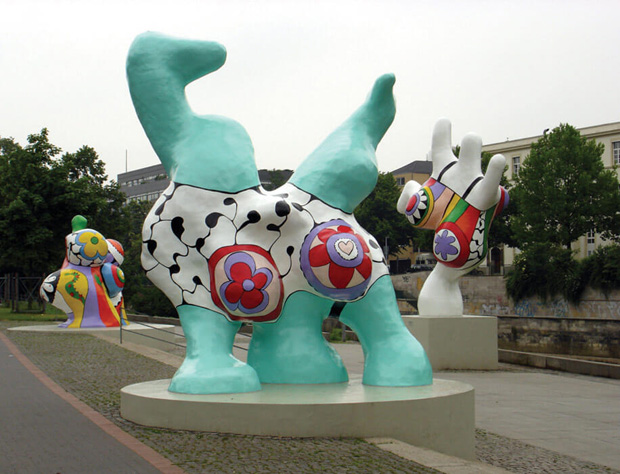
Because she was prolific:
When browsing through the books about Saint Phalle in the Pompidou library in Paris, I was immediately impressed by the amount of work that she produced during her career. Her first husband Harry Matthews said in an interview that when she was in her good periods she just got on with it and made a lot of art. She applied her unique style and creativity to many mediums such as children’s book illustrations, which were further translated in sculpture.
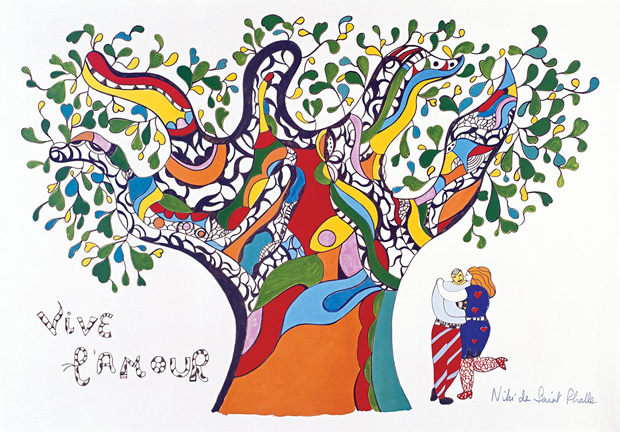
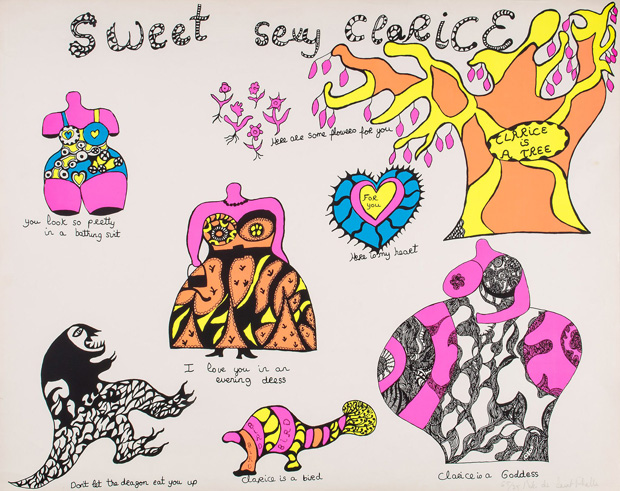
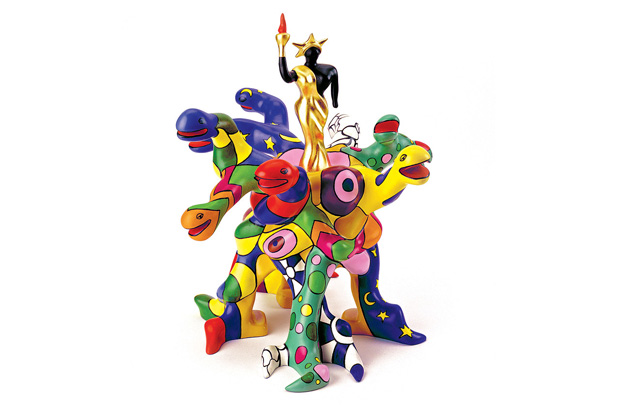
Because she worked across disciplines:
In 1967 Milanese goldsmith GianCarlo Montebello persuaded Saint Phalle together with a long list of modern artists including Lucio Fontana, Hans Richter, Jesús Soto and Alex Katz to collaborate with him, creating a limited edition of jewellery under the Gem Montebello label.
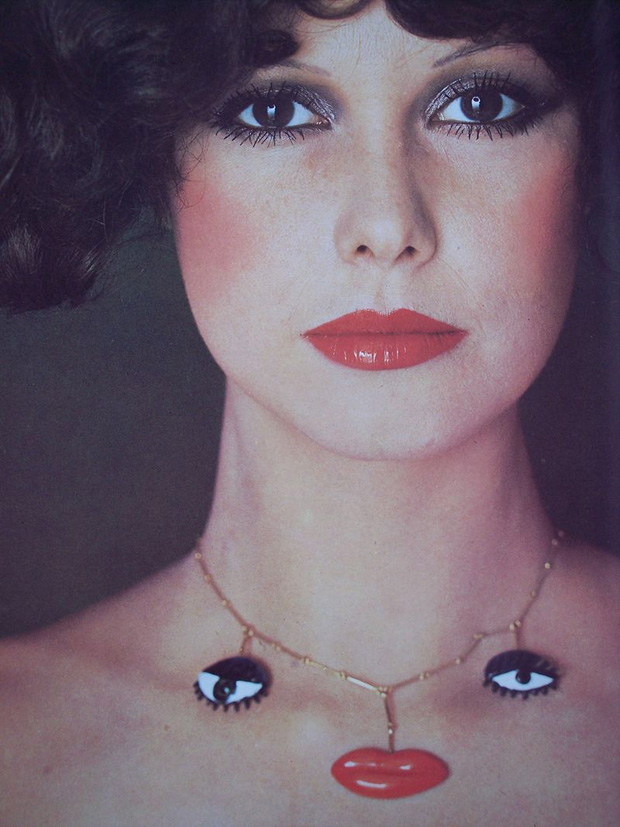
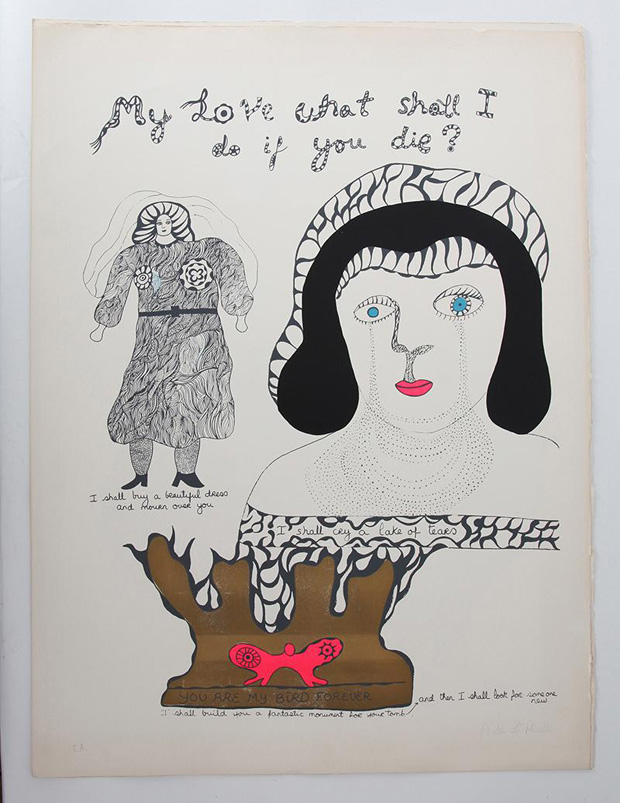
Because she had a very strong mind and good networks to make ideas happen:
In 1966, Saint Phalle collaborated with Jean Tinguely and Per Olof Ultvedt to create an enormous sculpture of a woman lying down on her back called HON (which translates to ‘she’ in Swedish), exhibited in the Modern Museum of Stockholm. The audience had to enter the woman through her vagina to experience the art piece, something that of course created immense public reaction in newspapers and magazines worldwide.
One great description of HON that Helena Reckitt writes in the book Art and Feminism is, “visitors entered the gigantic, vividly multicoloured female figure through the space between her legs, finding themselves inside a warm, dark ‘body’ that contained among other features a bar, a love nest, a planetarium, a gallery of ‘suspect’ artworks, a cinema and an aquarium. Evolving from the earlier small-scale Nanas, Hon playfully paid homage to ancient and modern mythical archetypes of women as nurturer, while simultaneously demythologising notions of the female body as a place of dark, unknowable mysteries”.
This sculpture is one of the reasons that I wish I had a time-machine. I would have loved to be in the audience at the Modern Museum in Stockholm in 1966 to walk into the Cathedral of Womanhood.
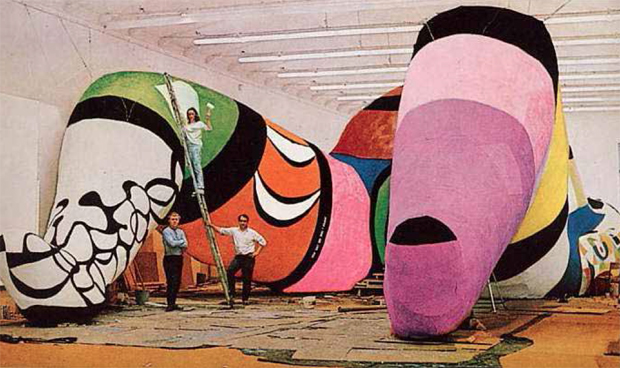
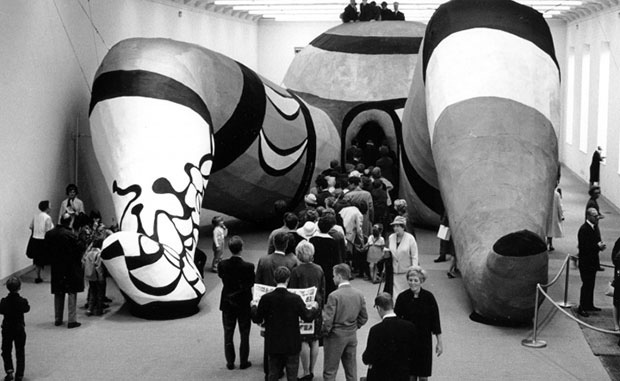
It's important to have heroes:
As a practitioner within the field of visual communication I work in a studio that produces work for a wide range of clients. We work internationally, to a variety of scales and sizes, from editorial to large scale paintings that cover several stories high.
I am inspired by everything, any time. I am particularly aware of the photographic opportunities whilst walking in London – objects that have been accidentally placed next to each other can captivate my attention, and prompt me to think about the possible stories behind the chance interaction.
I document these unplanned moments thorough visual diaries such as Instagram (gilles_and_cecilie) , which I can revisit and refer back to when designing.
I get a great sense of joy and satisfaction from being curious and endeavour to be constantly learning.
I am always looking for new heroes and to discover the oeuvre of artists and designers that I do not yet know about. I love spending time in the library, going straight to the shelves with art and browsing randomly, picking by title, by name, by colour or by cover design, flicking through the pages and drawing, writing or photographing inspiration when I discover something new.
A constant stream of fresh ideas enables me to develop my own practical work and broaden my knowledge of design methods and executions, as well as assisting in my teaching of art and design. I get a great sense of joy and satisfaction from being curious and endeavour to be constantly learning.
I go and visit exhibitions as often as I can to not only look at the artists work, but also to see how the curator presents the work – what story is told, which works are selected and how are they placed? I also look at how the exhibition is promoted, the captions under each work, the catalogue and the way-finding system. There may even be ways to interact with the work, or talks and workshops to learn more about a specific subject.
My relationship with an artist's work is intensified greatly when a connection or understanding is made as a result of discovering something about the artist's life, their own influences, the social or physical space that they were working in etc. For example, Niki de Saint Phalle was very inspired by Gaudi, and that is probably one of the reasons that she worked a lot with broken plates and tiles – an aspect and medium I now associate with the significance of influence.
To see a retrospective in a museum is extremely interesting and very inspiring for me to see how an artist's works are organised and themed and how their story is told. It prompts me to consider our studio's inspiration, to reflect on past work and realise which period we are in now. Are there themes in our current work that have developed over time, or are they new influences? Are we working hard enough to be diverse, surprising and perseverant?
My goal as a designer is to always be developing my work, to constantly be learning new techniques and skills, and ultimately to contribute to better public spaces.
